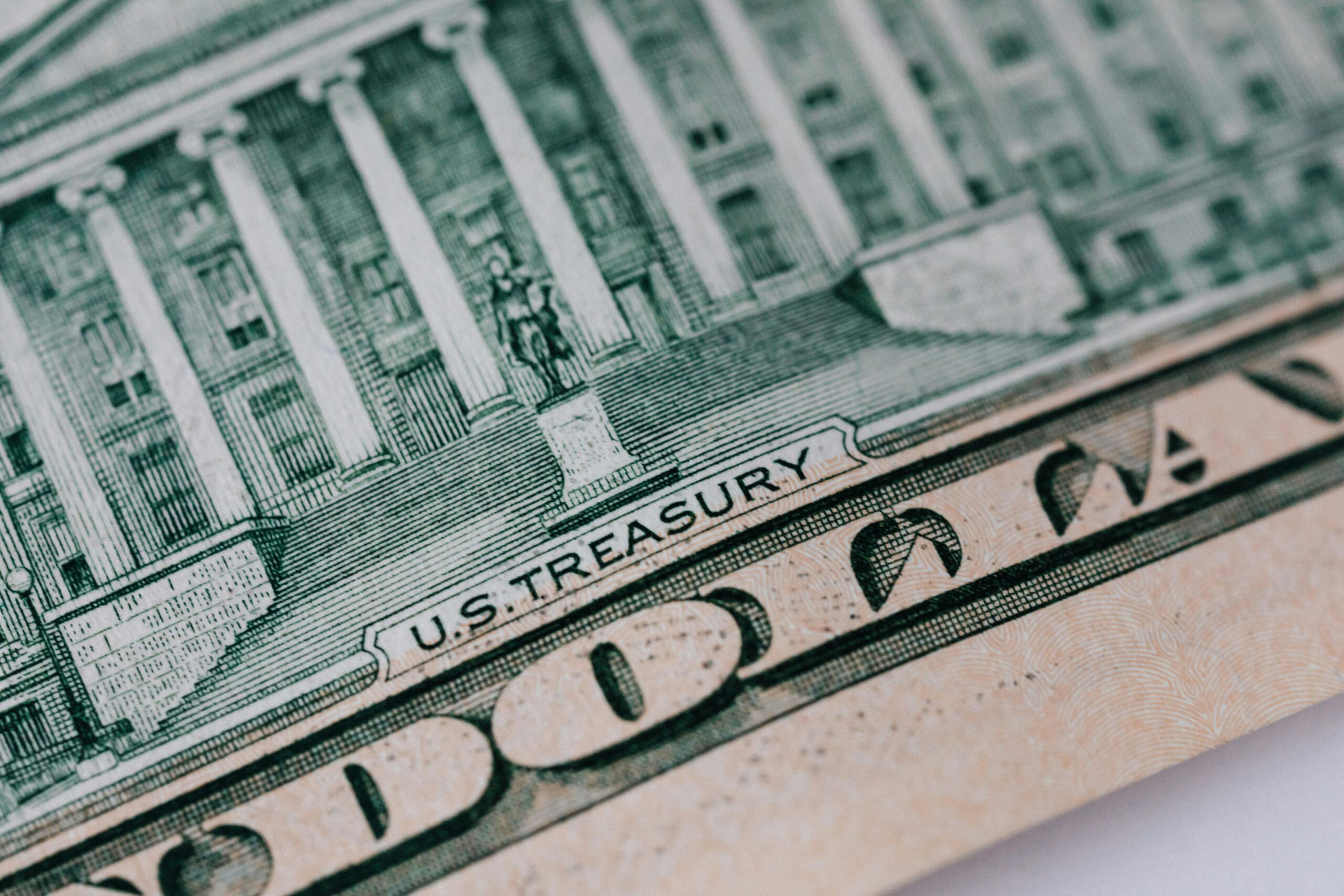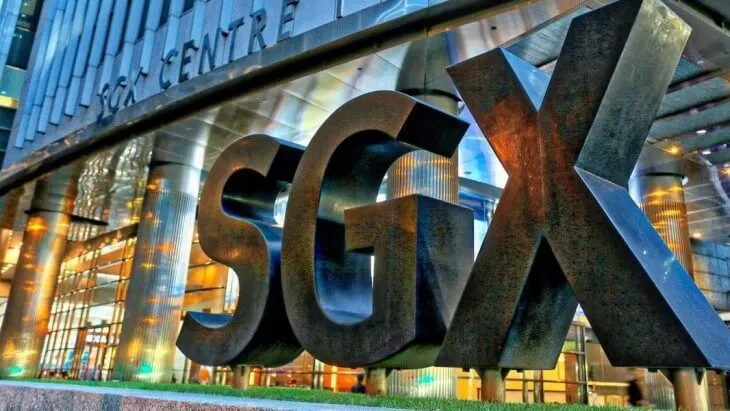*If this is your first time here, read this.
You hear it everywhere. Treasury bills (T-bills) are risk-free because they’re backed by the US government.

Yes, but: It’s not entirely true. Risk-free does not mean no risk. Risk-free is a hypothetical idea, as every investment has some type of risk associated with it.
With inflation risk, the purchasing power of your money could erode over time. If you are investing outside of your home country, the value of the foreign currency can fall relative to your home currency. These are known risks that can be managed to some extent.
The most problematic type of risk though is unknown risks.
Past financial crises have mostly been “unexpected” freak accidents. Most investors did not see those events happening before it hit them, resulting in mass panics and large price declines.
Risk-free as a theoretical concept
When finance people talk about risk-free, they are using it in a very particular sense— Investors can “reasonable” expect to “always” get their money back in full.
T-bills are the closest investment possible to being risk-free for a couple of reasons.
- US government can tax her citizens and her corporations.
Some of the largest companies and richest people are based in the United States. By increasing the tax rate, the government can find the cash it needs to repay her loans.
- Even if taxation is unable to cover her debts, the US government can always print more money.
This may cause inflation in the longer term, but hey, you still get back the money the US government promised you.
To get a feel on how the odds feel like, it is rarer than dying after being struck by lighting. We sometimes hear about these freak incidents on the news. But we have never heard of the US government not repaying her T-bills for the past 247 years.
(If interested: How Likely You Are To Die From Different Activities and Behaviour)
So barring some kind of freakish accident, you almost can’t think of any ways that the US government might not pay her short term debts. But history is always full of surprises. So it’s not 100%, but the odds are good enough to be considered “risk-free”.
In the long run though, more things can go wrong than you can expect. Just like past empires and great nations, collapse may come at the most unexpected moment. So I wouldn’t consider longer term treasury bonds as risk-free.
Managing unknown risks
Nothing in life is truly risk-free. Most of the activities we do every day carry some sort of risks. What is important is building up our ability to shoulder risks and not take on more than we can bear.
While T-bills are generally very safe, you don’t want to get caught when the unthinkable does happen.
That’s why people in finance often encourage diversification i.e. putting your eggs in different baskets. Instead of putting all your money in one type of asset like stocks or bonds, it is safer to invest in some stocks and some bonds, maybe even in different currencies.
But perhaps no amount of risk hedging can beat investing in yourself. As Warren Buffett said in an interview:
“Generally speaking, investing in yourself is the best thing you can do. Anything that improves your own talents; nobody can tax it or take it away from you. They can run up huge deficits and the dollar can become worth far less. You can have all kinds of things happen. But if you’ve got talent yourself, and you’ve maximized your talent, you’ve got a tremendous asset that can return ten-fold.”
This, is perhaps, the only true risk-free asset.
Read more:
- This is How Much You Can Make Doing Nothing Everyday
-
Why Choose Interactive Brokers & How to Get Free Shares worth up to USD $1000
-
Here’s How Much it Costs to Buy T-bills versus SGOV ETF on IB
- How to buy SGOV on Interactive Brokers for Beginners
Disclaimer:
Investing decisions are personal. Depending on your personal circumstances and preference, what works for others might not work for you. Be responsible for your own investments. Always invest according to your own needs and preference.




